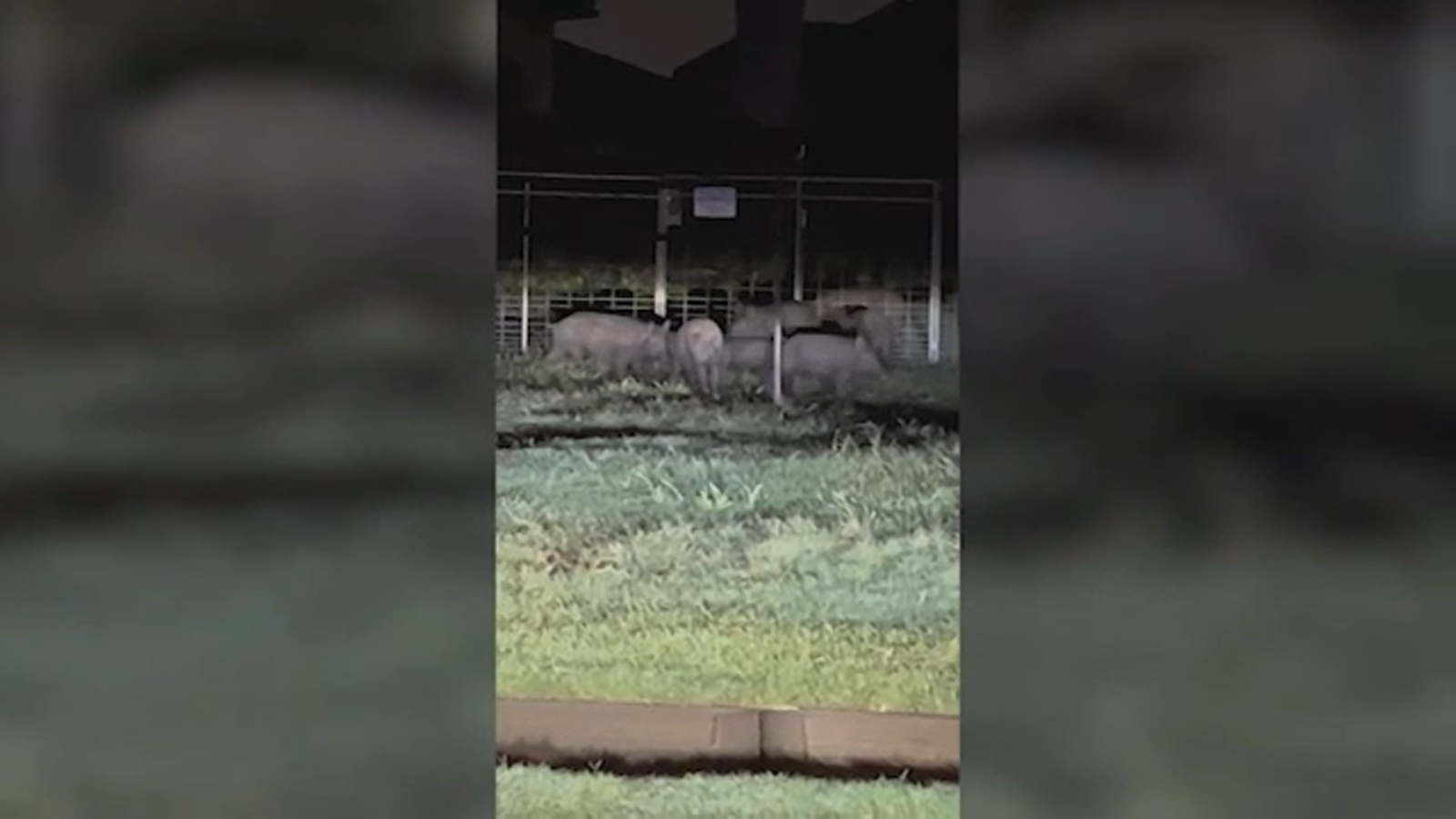Blood
Blood thinners could be the answer to controlling feral hog population, study finds
FORT BEND COUNTY, Texas (KTRK) — A medication found in many people’s medicine cabinets is being used to control the wild hog population. Blood thinners could be the answer to rooting out the nocturnal creature.
Missouri City and Sugar Land are no strangers to being swarmed by packs of wild hogs as urban sprawl moves closer to rural land. A new Texas A&M study shows a new method could be used to cull the number of hogs.
Video previously shared with ABC13 shows the nocturnal animals on front steps, in yards, and swarming neighborhoods.
“Just my house alone, they have caused at least $3,000 of damage to our landscaping,” one homeowner told Eyewitness News in 2022.
SEE MORE: Residents in Sugar Land neighborhood fed up with feral hogs invading area
Residents tell ABC13 they’ve put up fences, motion-detecting sprinklers, and lights, but nothing seems to deter these determined creatures.
“People buy laser tags, the red color, infrared. Nothing works,” a second homeowner said.
According to Texas A&M, more than 3 million feral hogs cause more than $500 million in damage to agriculture and private property throughout Texas each year.
Now, a new Texas A&M study shows adding doses of Warfarin, a blood thinner, to bait food significantly reduced a herd’s population. Research showed ranchers who followed the guidelines of the study closest had the best results.
“They can still be here and live and exist, but in a way that does not impact or jeopardize our health, agriculture, food, our wildlife, and natural resources,” Ali Fares, with the Prairie View A&M agricultural department, said.
Fares said hogs do have a natural place in the environment, but culling the population is necessary to keep the scales balanced.
RELATED: Missouri City neighbors face wild hog problems
Hogs have no natural predators, allowing their population to balloon. The animals naturally root around in dirt and water, destroying landscaping, watersheds, native habitats, and crops, and can leave dangerous diseases in water – a resource hogs are drawn to.
“At least 30% of our water here in Houston is through surface water, so they go to those areas, and they defecate there, and the microbes that they generate like E. coli go into our water system,” Fares said.
Fares said new solutions to control the population are needed as urban sprawl meets the growing hog population.
For more news updates, follow Lileana Pearson on Facebook, Twitter and Instagram.
SEE ALSO: ‘Feral swine bomb’: American feral hog population is ballooning, USDA reports

